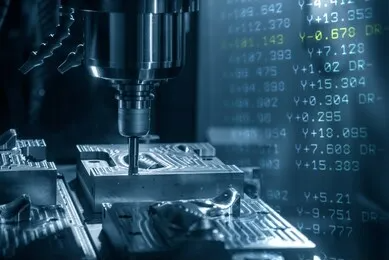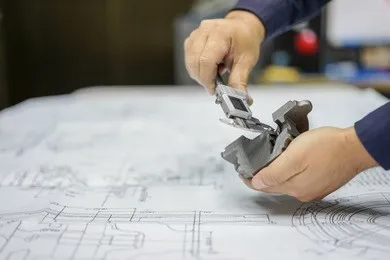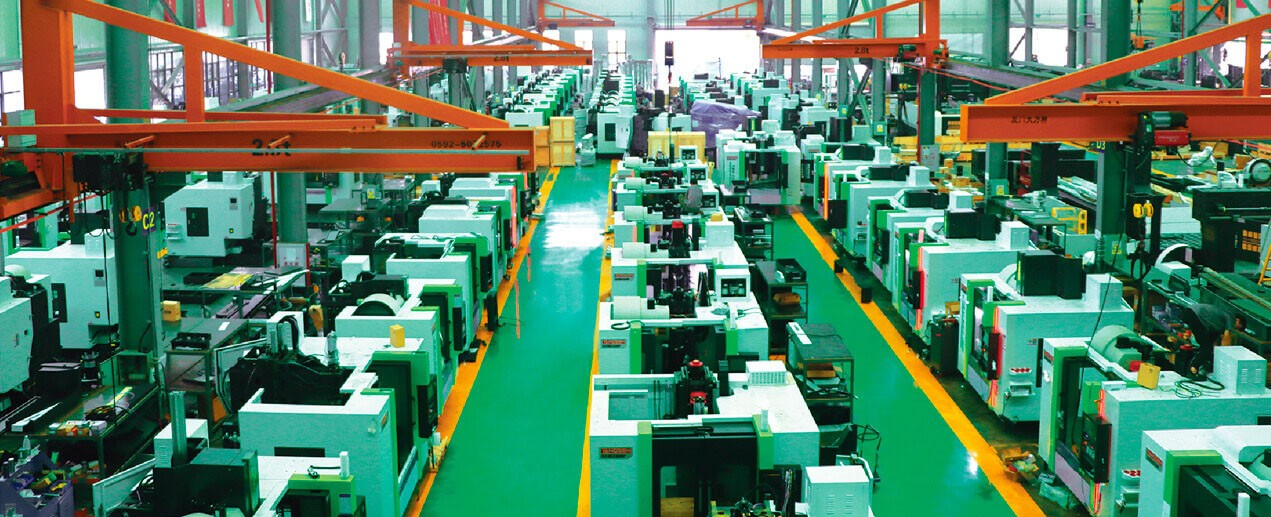CNC machine tools are used in a variety of industries to produce high-quality parts with high accuracy. To ensure that the end product is accurate and precise, it is important to optimize the output from your CNC machine tool.
We describe the situation all the time around us. CNC machines can differ in different classes of quality and you must understand each type and level to make the right decision. While manufacturers of machine tools may offer tolerance levels between +/- 0.5 microns or smaller please note the different suppliers may adopt different standards. Among other differences between the JIS standard used by most Japanese CNC machines and the VDI standard is the use by reputable European companies.
Consider that CNC machine tools have a tolerance of +/- 0.01mm. It is also possible to apply 0.5mm deviations to each slice in the tool. The deviation is usually 0.01mm above the Standard Value or 0.01mm above the Standard Value.
CNC machining can be used to achieve greater precision than manual machining while maintaining a high level of accuracy in the machined output. To improve the accuracy and precision of your CNC machine tools, it is important to pay attention to the machining process and adhere to precision engineering standards.
The use of CNC machining is a good way to save time when creating your product. Improving precision CNC machining improves accuracy but the machine is able to produce more parts with less effort. Take note of the ways in which a company can use its internal machines and understand the balance between outsourced and in-house work. This knowledge will help you get more from the machine and get the exactness you need from the created parts.

One of the most important steps in improving the accuracy and precision of your CNC machine tools is hold tolerances. By holding tight tolerances, you ensure that your complex parts are machined precisely according to the specified dimensions. This can be done through proper calibration, maintenance, and monitoring of your machines. For example, by checking for wear on cutting tools, ensuring all components are properly aligned, and using a quality control system to monitor errors, you can maintain precise tolerance levels and achieve greater accuracy in your machined parts.
Additionally, investing in better-quality spindles and motors can help improve the overall performance of your machines and reduce downtime caused by mechanical failures or tooling issues. Finally, utilizing advanced software solutions such as computer-aided design (CAD) and computer-aided manufacturing (CAM) can also help you hold more accurate tolerances and improve the quality of your machined parts. By taking the necessary steps to hold tight tolerances, you will be able to produce complex parts with greater accuracy and precision.
By utilizing advanced tools and techniques, you can ensure that your CNC machine tools are held at the highest levels of accuracy and precision possible. This will allow you to create high-quality machined parts that meet or exceed customer expectations. With improved accuracy from your CNC machines, you can save time, money, and resources in the long run. Investing in quality CNC machines and regular maintenance is essential for ensuring optimal performance and holding tight tolerances.
When it comes to CNC machining precision and accuracy, the performance of your CNC machine tool can make or break a project. Improving the accuracy and precision of CNC machine tools is an important factor for any manufacturing process. With tighter tolerances, it becomes possible to improve the overall quality of a product. There are several techniques that can be used to improve the accuracy and precision of CNC machine tools. These techniques include:
The first step in improving the accuracy and precision of a CNC machine tool is to regularly check its settings and make any necessary adjustments. This includes ensuring that the machine's spindle speeds are properly set, as even small variations in speed can affect the accuracy of cuts. Additionally, proper lubrication will help reduce friction during operation, which can lead to more precise machining.
The second step is to regularly calibrate your CNC machining equipment. Calibrating machine tools will ensure that the machine is cutting accurately in all directions, with minimal deviation from the desired cut path. Additionally, machine operators should use quality abrasive materials when cutting and double-check their work before producing the final part. This means making sure all components are aligned correctly and adjusted for the best performance possible.
Setting up the correct parameters for each individual job will help optimize results. Additionally, calibrating and readjusting the tool after each part is machined will help to maintain precision between parts. Taking care to make sure everything is properly calibrated will help improve both machining accuracy and repeatability. This includes regularly checking for worn parts and making sure all components are operating correctly.

Another important step in improving your CNC machining processes is to use high-quality cutting tools.
Additionally, ensuring that cutting tools are sharpened properly will also help reduce errors in machining projects. Cutting tools that are designed for specific materials and machining operations can help ensure your machine is running at its most efficient level, while also reducing the risk of tool breakage or wear.
By having made-to-order parts designed specifically for your CNC machine, businesses can ensure the most accurate and efficient results possible. With these parts, CNC machines are capable of producing complex products with higher precision and reliability, saving time and money in the long run. Additionally, CNC machines provide greater control over part geometry and other design elements including materials selection. As such, CNC machining is the perfect solution for businesses looking to increase their production accuracy and efficiency. With CNC machines, businesses can produce higher quality parts quickly, accurately, and efficiently. Investing in CNC machines and made-to-order parts will provide a long-term return on investment for any manufacturing business. Automated CNC processing will save time, money, and effort while ensuring better consistency, part.
Cutting tools that are designed for specific materials and machining operations can help ensure your machine is running at its most efficient level, while also reducing the risk of tool breakage or wear. When the tool you use is in its most advanced condition, it'll keep you on the move for a while. Often a tool deterioration is costly to fix, requires frequent replacement, and can cause delays in the final work of the project. You can use a variety of tools for removing worn parts from your CNC machine to avoid unexpected failures. Approximately 42% of unplanned downtime is caused by equipment failure. Unpredictably shorter hours cost 10x the cost of planned maintenance work stops. Maintaining equipment maintenance helps in eliminating many of those issues. Choose proactively if possible.
Utilizing advanced software and techniques to improve the accuracy of tool paths is another way to improve CNC machining accuracy. By optimizing a tool path, you can improve cutting speeds, reduce vibration, and improve surface finishes.
By taking the time to properly maintain and calibrate your CNC machine tool, you can improve its accuracy and precision, resulting in better results overall. With the right measures in place, you can maximize output while minimizing errors and be confident that your CNC machining projects are being completed to the highest standards.
Finally, paying close attention to details during the setup and operation of your CNC machine tool is crucial for ensuring accuracy and precision. Paying attention to things like spindle speed, feed rate, and cutting pressure can have a profound effect on the quality of each part being machined. Taking these steps will ensure that you are getting optimum performance out of your CNC machine.
By following these steps you can greatly improve the accuracy and precision of your CNC machining processes. Taking the time to maintain, calibrate, and use quality cutting tools on your CNC machinery will ultimately lead to better end products, less waste, and reduced costs in the long run.
Need help finding a top-quality piece of manufacturing equipment for your shop floor—one that will meet your parts tolerance requirements? Contact the experts at Cncyangsen today to leverage our extensive network of contacts and put yourself one step closer to finding the ideal machine for your shop floor.

Tags :